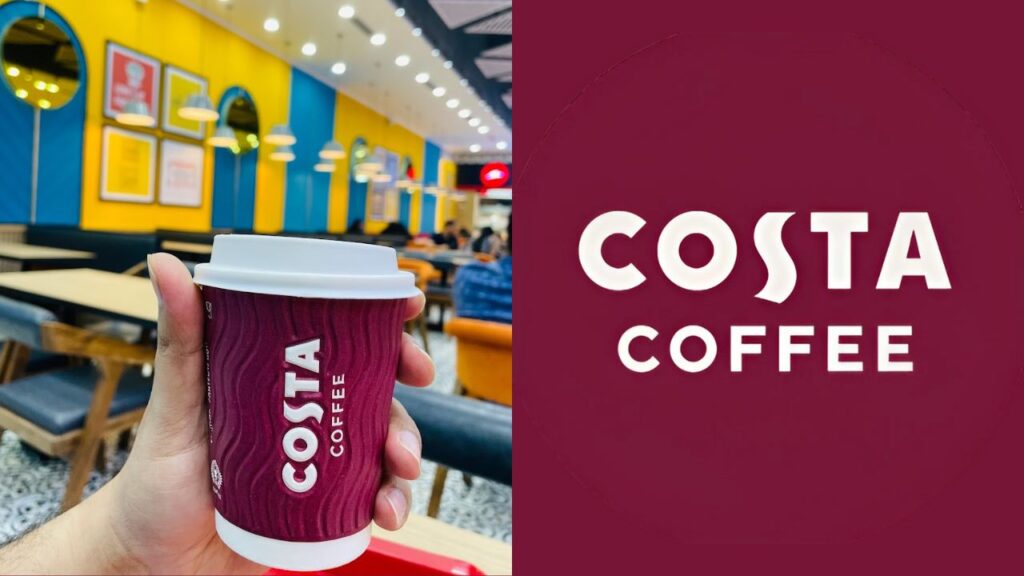Starbucks, founded in 1971 in Seattle, has become one of the world’s largest and most recognized coffeehouse chains. With over 33,000 locations globally, Starbucks has cultivated a premium coffee culture. However, Starbucks is more than just coffee; it’s a brand built on customer experience, unique store ambiance, and strong community engagement. So, how does Starbucks make money? Let’s dive into the business model of Starbucks to understand its revenue streams, strategy, and competitive edge.
Starbucks’ Revenue Model: How the Coffee Giant Earns
Starbucks generates revenue through several key channels. While the majority comes from selling coffee and food, Starbucks has diversified its business to create multiple streams of income.
- Retail Sales (B2C): Starbucks primarily makes money through its retail coffee shops where it sells coffee, beverages, snacks, and light meals. The stores offer premium-priced coffee products like espresso, frappuccinos, and tea, which attract a wide customer base. Starbucks stores are strategically located in high-traffic areas like malls, airports, and busy urban centers, allowing for maximum visibility.
- Food and Merchandise Sales: Besides coffee, Starbucks sells baked goods, sandwiches, and exclusive Starbucks merchandise like mugs, tumblers, and coffee beans. This secondary revenue stream contributes to the overall store sales.
- Licensing and Franchise (B2B): Starbucks operates both company-owned and licensed stores. Licensed stores allow Starbucks to expand its footprint without directly owning or operating each location. In international markets like India, Starbucks partners with the Tata Group to run licensed stores, ensuring local adaptation while maintaining brand standards.
- Ready-to-Drink Beverages: Starbucks has a line of ready-to-drink (RTD) products, such as bottled frappuccinos, cold brews, and iced teas, available in grocery stores, convenience stores, and online. These products help the brand tap into at-home coffee drinkers and further diversify its revenue model.
- Starbucks Reserve and Specialty Stores: To cater to premium customers, Starbucks introduced Starbucks Reserve Roasteries and Reserve Bars, offering exclusive, high-end coffee experiences. This elevates Starbucks into a luxury coffee brand, attracting coffee aficionados and allowing for premium pricing.

- Starbucks Rewards Program: The Starbucks Rewards program is another strategic tool that drives loyalty and repeat purchases. Customers earn points (or “stars”) with every purchase, which can be redeemed for free products. This program also gives Starbucks valuable customer data, helping them tailor promotions and offers.
- Partnerships and Licensing with FMCG Giants: Starbucks has collaborated with Nestlé to distribute its coffee in retail channels globally, under the Starbucks Coffee at Home brand. This B2B partnership opens new revenue streams in the consumer packaged goods (CPG) sector.
What Makes Starbucks Unique?
Starbucks stands out not just for its coffee but for creating a third place — a space between work and home where people can relax, work, and socialize. Here’s what makes Starbucks unique:
- Consistency in Experience: Whether you’re visiting a Starbucks in Noida, New York, or Toronto, you will find the same ambiance, menu, and quality. This consistency across locations fosters brand loyalty.
- Focus on Premium Pricing: Unlike traditional coffee shops, Starbucks offers a premium coffee experience with higher prices. Customers are willing to pay more for the brand, which is associated with quality, social interaction, and a relaxing environment.
- Sustainability and Ethics: Starbucks has positioned itself as a socially responsible company, sourcing coffee beans through ethical and sustainable practices. They also have initiatives to reduce their environmental impact by encouraging reusable cups and reducing waste.
- Digital Transformation: Starbucks has heavily invested in its mobile app, which integrates ordering, payments, and rewards. The app allows customers to place orders ahead of time and collect points, driving both convenience and customer loyalty.
Competitors of Starbucks
Although Starbucks dominates the global coffeehouse market, it faces competition from both international chains and local cafés. Competitors include:
- Dunkin’ Donuts: Known for its lower prices and strong presence in the US, Dunkin’ competes directly with Starbucks for coffee customers.
- Costa Coffee: Another major player in the global coffee market, particularly strong in the UK and parts of Europe.
- McCafé: A lower-cost alternative, McCafé, which is operated by McDonald’s, is a direct competitor to Starbucks, particularly in drive-thru coffee sales.
- Local Cafés and Specialty Coffee Shops: In countries like India, Canada, and the USA, Starbucks competes with numerous local coffee chains and independent specialty coffee shops that offer unique coffee experiences at competitive prices.

Areas of Operation: A Global Presence
Starbucks operates in over 80 countries across North America, Europe, Asia, and other regions. In India, the company has partnered with the Tata Group, a respected Indian conglomerate, to manage and expand its business. Starbucks has successfully penetrated cities like Delhi, Mumbai, Noida, Gurugram, Varanasi, and Jaipur.
Target Customers: Who Starbucks Caters To
Starbucks’ target audience includes:
- Urban Professionals: Busy professionals and students looking for a space to work or relax while enjoying coffee are a key demographic.
- Millennials and Gen Z: With the integration of digital payments and rewards, Starbucks appeals to tech-savvy young adults who value convenience, brand recognition, and quality.
- Health-Conscious Consumers: Starbucks has expanded its menu to include healthier alternatives, including low-calorie beverages, dairy-free options, and plant-based foods.
Starbucks has built an empire on more than just selling coffee; it has created a lifestyle brand that is synonymous with quality, consistency, and experience. Its diverse revenue model, including retail sales, B2B licensing, and ready-to-drink beverages, combined with its focus on sustainability and digital innovation, makes Starbucks one of the most profitable and recognizable brands in the world. Whether you’re in Delhi or New York, Starbucks continues to serve not just coffee, but a premium experience that keeps customers coming back.


